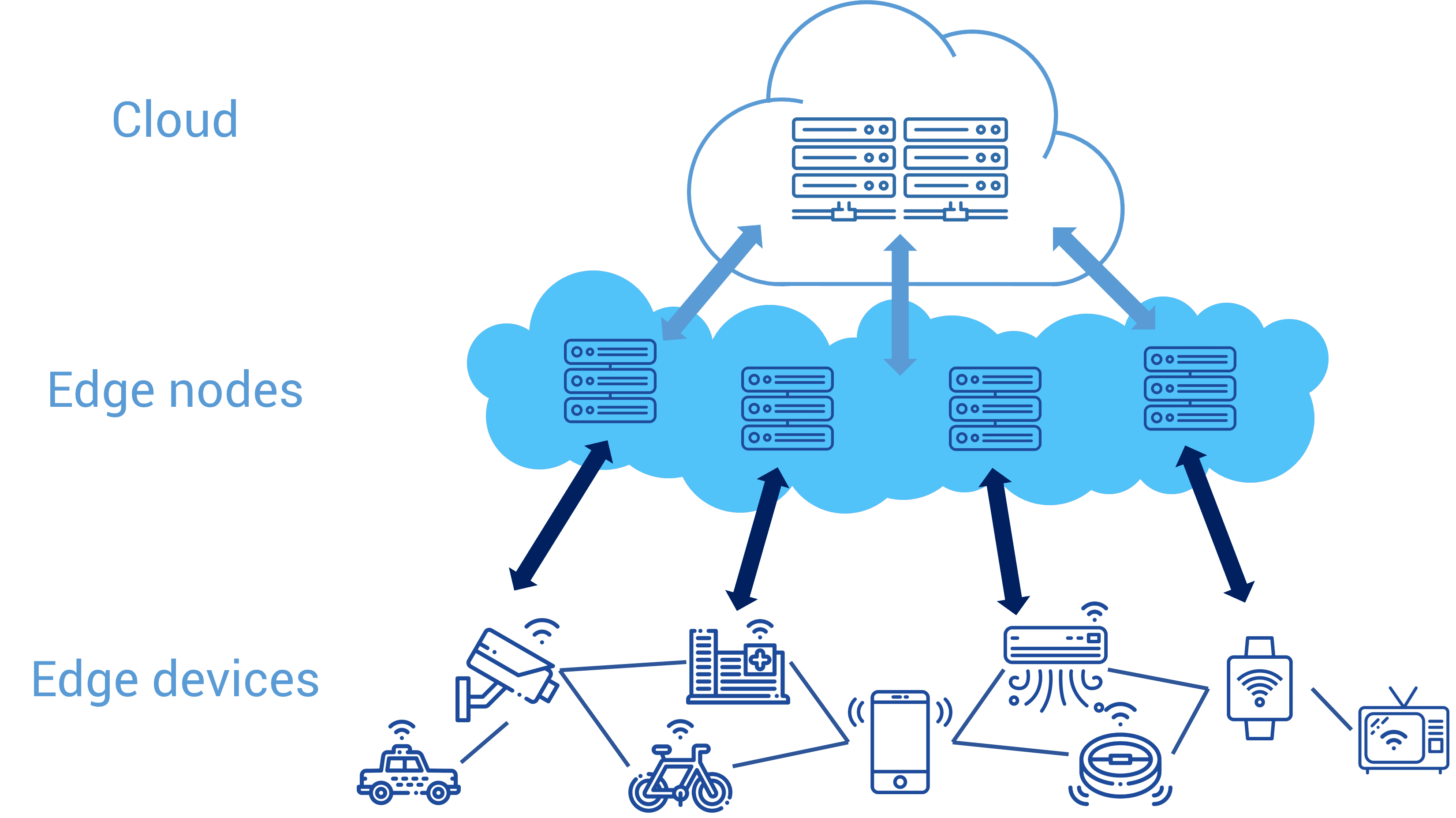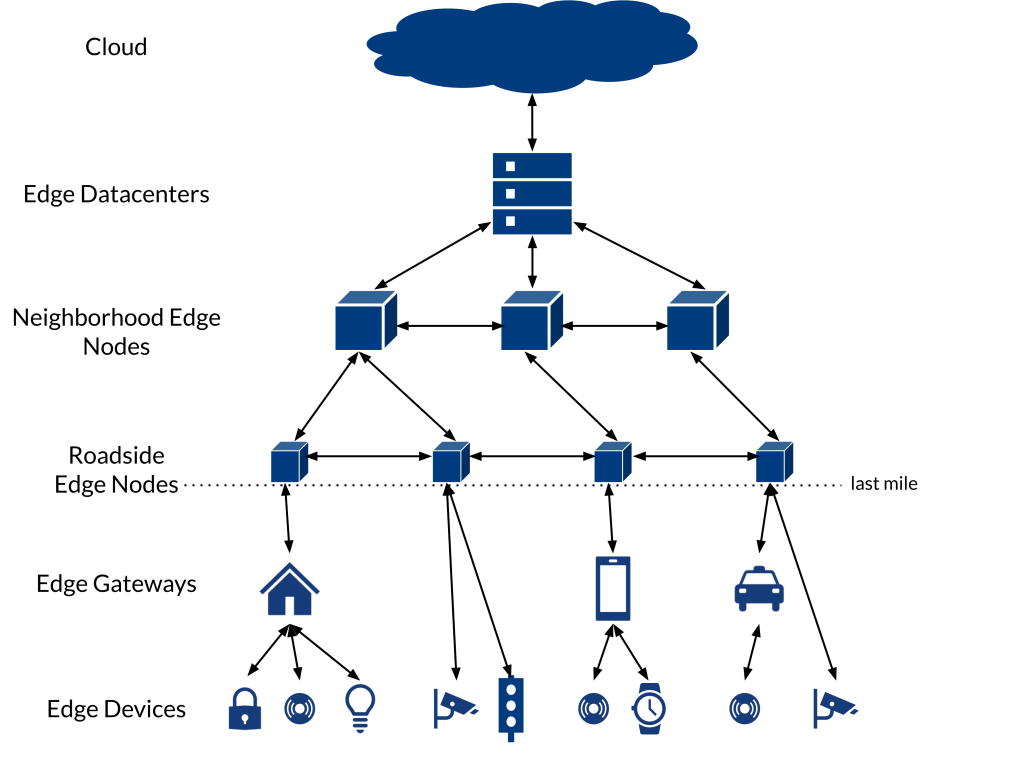What new : edge computing basics

#image_title #site_title #post_seo_title #image_seo_title
We are living in an era where technology is advancing at lightning speed. The advent of edge computing has been a game-changer in the field of technology. In this post, we will explore the concept of edge computing, its advantages, and its importance in our everyday lives.
Three-layer Edge Computing Basic Architecture

The basic architecture of edge computing comprises three layers, namely the edge layer, the fog layer, and the cloud layer. The edge layer consists of edge devices such as sensors and smart devices. The fog layer comprises intermediary devices such as gateways and servers, and the cloud layer comprises cloud servers.
Edge computing allows edge devices to process data at the source which reduces the need for data transmission to the cloud for processing. This results in faster data processing and reduced latency. Edge computing enables devices to handle data processing, storage and applications in a decentralized manner.
What is Edge Computing?

Edge computing is a distributed computing model that brings computation and data storage closer to the location where it is needed to improve response time and save bandwidth.
Edge computing is becoming increasingly important as more devices are connected to each other and the cloud. Such devices include self-driving cars, drones, smart homes, and wearables. All these devices generate a large amount of data that needs to be processed in real-time to make decisions.
Advantages of Edge Computing
Low Latency
Edge computing allows for low latency by processing data close to the source. This means faster response times and improved user experience. Applications such as self-driving cars and drones require low latency to operate accurately.
Lower Bandwidth Consumption
By processing data locally, edge computing reduces the need for data transmission to cloud servers. This results in lower bandwidth consumption and reduced costs.
Improved Reliability
Edge computing improves reliability by reducing the dependency on the cloud. If the cloud server goes down, edge devices can still operate independently.
Reduced Data Processing costs
Edge computing reduces data processing costs by delegating the processing tasks to edge devices. This reduces the need for cloud servers to process data points.
Applications of Edge Computing
Industrial IoT
Edge computing is widely used in industrial IoT to process and analyze large amounts of data generated by machines. Edge devices installed in factories and machines can analyze data in real-time, enabling quicker decision-making.
Autonomous Vehicles
Edge computing is playing a crucial role in the development of autonomous vehicles. By gathering data from multiple sensors, autonomous vehicles can make decisions in real-time, ensuring passenger safety.
Smart Cities
Smart cities use edge computing to improve traffic flow and reduce congestion. By analyzing traffic patterns in real-time, smart traffic systems can adjust traffic signals to improve traffic flow.
Conclusion
Edge computing has revolutionized the way we process large amounts of data generated by various devices. It allows us to process data in real-time, reducing latency and improving user experience. It has numerous advantages and its applications are rapidly expanding. As technology continues to advance, edge computing will play an increasingly vital role in our lives.

Source image : www.alibabacloud.com

Source image : www.inovex.de

Source image : www.researchgate.net


